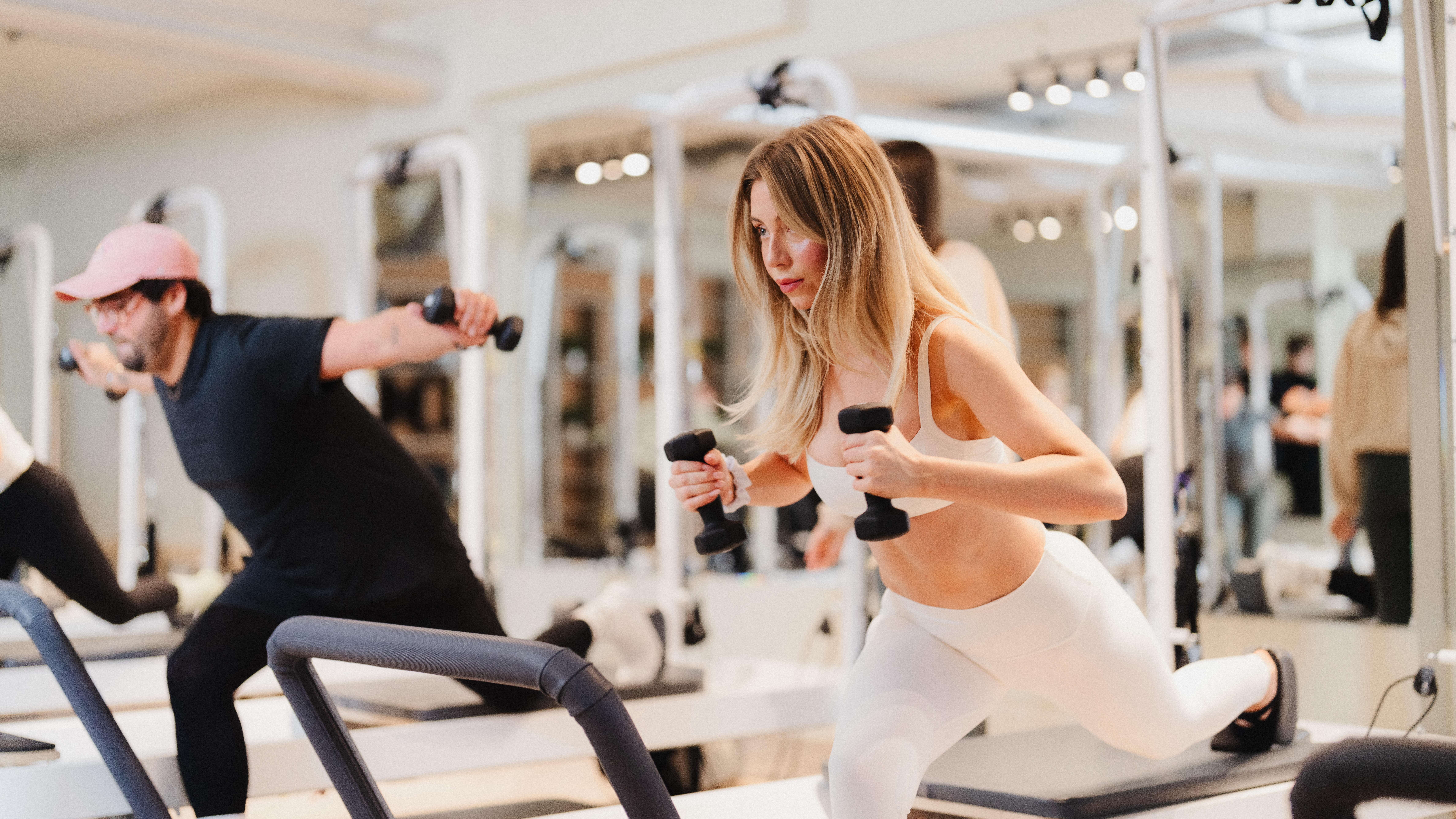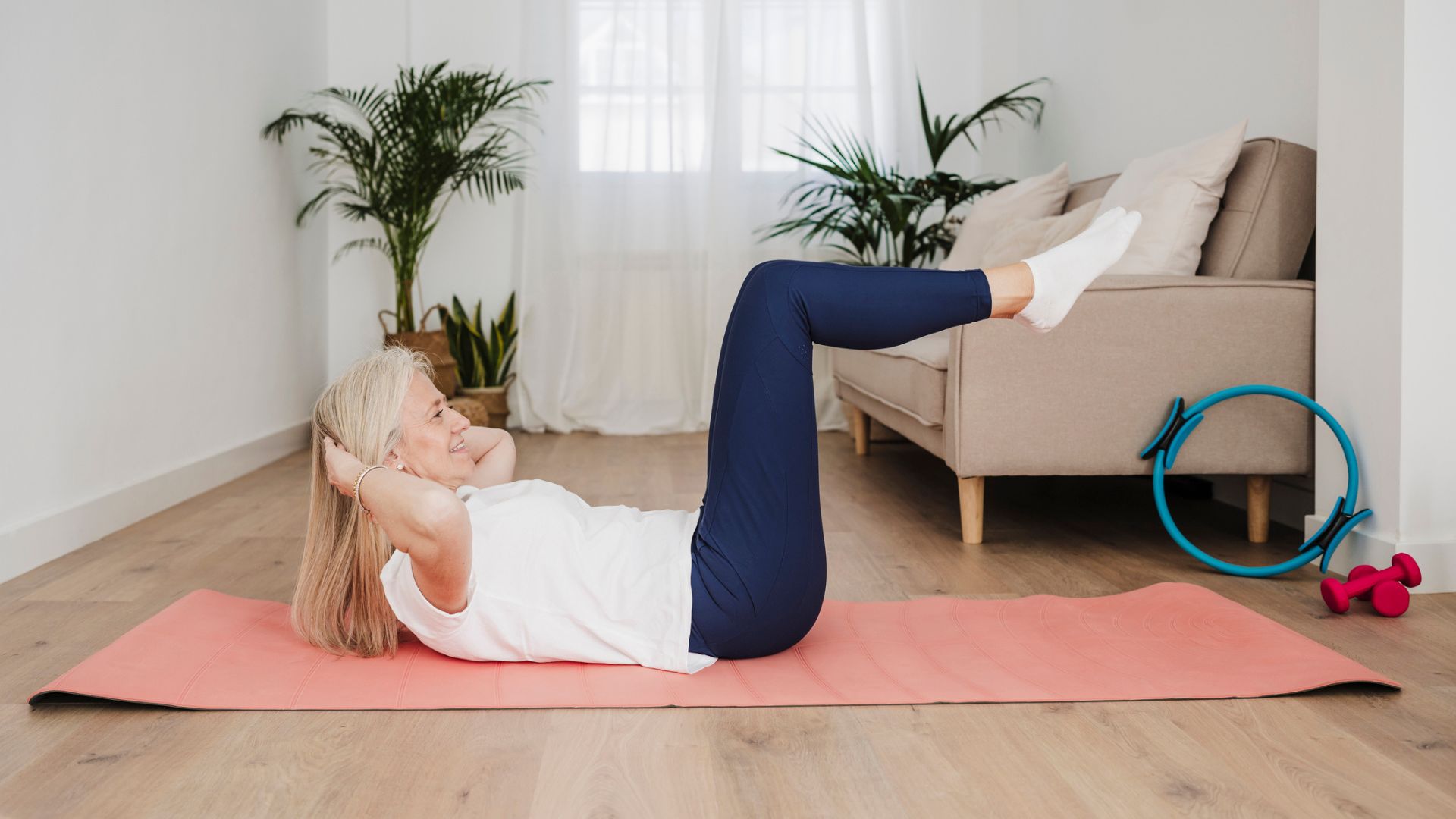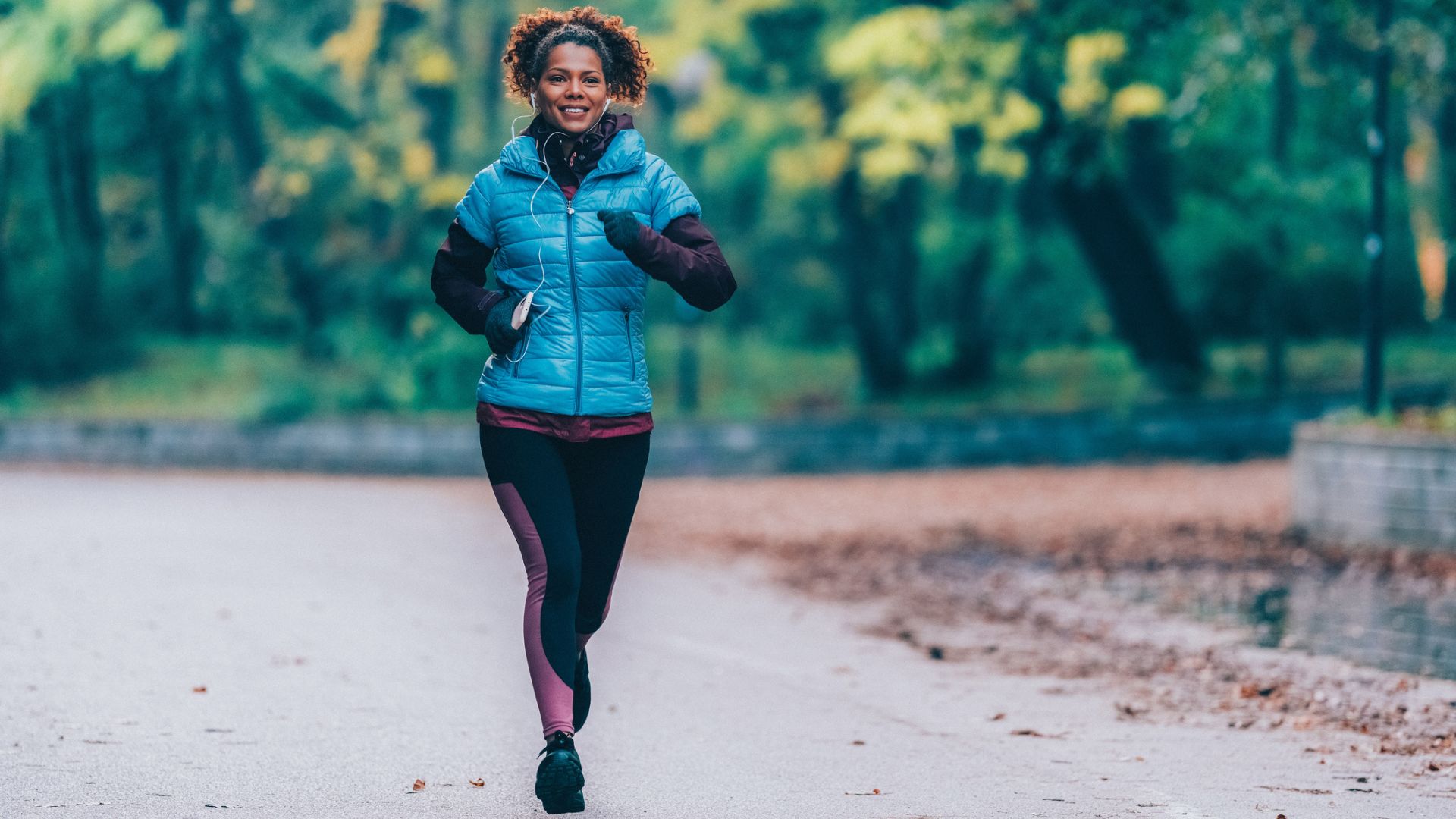My first reformer Pilates class made me rethink everything I thought I knew about building muscle
It challenged my muscles in ways free weights never could

I might be a bit late to the reformer Pilates party but having had my first taste during a male-only class hosted by Avalon Pilates in southwest London I'm a convert.
I've been lifting weights and playing sports for well over 20 years, and I've picked up my fair share of injuries. After my first ACL tear I tried mat-based Pilates to speed up my recovery with impressive results, so I was eager to give the reformer variety a try.
The 60-minute session was tough. It involved using my body and straining my muscles in weird and wonderful ways that I wasn't accustomed to—and the next day I had the soreness to prove it.
Here's what an hour on the reformer bed taught me about building strength, growing muscle and preventing injury.
The class
The event at Avalon's new studio in Earlsfield involved being decked out in luxurious workout wear by sustainable clothing brand Vuori then being put at the mercy of Avalon Pilates founder and Pilates teacher Anna Mounsey-Jennings.
To kick things off, Mounsey-Jennings had me kneel on all fours on a block on top of the reformer bed, then cycle through a sequence of single-leg planks, mountain climber-like moves, push-ups and pikes to wake up and activate the so-called mirror muscles of the chest, shoulders and abs.
Next she put my balance and lactic acid tolerance to the test. In a thigh-burning half lunge, I was expected to press the bed's carriage away with my back leg, to let it return while straining against the eccentric resistance of the spring-loaded reformer, then to pulse up and down on the spot as my quads swelled.
Get the Fit&Well Newsletter
Start your week with achievable workout ideas, health tips and wellbeing advice in your inbox.
All while trying to ignore the excessive grunting and yelping from my stricken classmates.
A post shared by LUXE BB | Wellness PR (@luxebbpr)
A photo posted by on
The class continued in this pattern, methodically isolating each major muscle group, from the quads and hamstrings to the glutes and core, challenging strength, flexibility and mobility in unison.
To wrap up, Mounsey-Jennings inflicted a 10-minute core-focused finisher on me, using straps and light dumbbells for a relentless set of side planks, leg raises, Russian twists and oblique crunches with arms—and weights—held out wide. Safe to say, it scrutinized my core in ways I've rarely, if ever, encountered.
Throughout the workout, Mounsey-Jennings kept reminding me to slow down and focus on keeping the muscles engaged rather than racing for the finish line. That meant the session involved lots of volume and time under tension—a winning muscle-building formula.
And yet it was never high intensity. Instead, each exercise demanded a level of stability, flexibility, coordination and mental dexterity that is rarely required under the squat rack or bench press.
Checking my Apple Watch reveals that I torched 444 active calories (564 total kcal) while my heart rate spiked at 139bpm—not miles off the metrics I'd typically post after an hour-long CrossFit class.
The expert take
A post shared by Anna Mounsey-Jennings (@annamh_pilates)
A photo posted by on
"Pilates isn't about bulking you up," Mounsey-Jennings tells me later after I've just about recovered. "That's where your heavy weightlifting sessions come in. Instead Pilates engages the muscles in a way that promotes muscle endurance, toning and functional strength. It’s particularly effective at building long, lean muscles because the exercises often involve low-impact resistance with the focus on controlled, precise movements."
"Pilates isn't like yoga. It isn't just stretching. It's certainly not just for girls," Mounsey-Jennings says, dispelling the biggest misconceptions she regularly encounters.
But it also doesn't have to be daunting—even if you're a reformer Pilates virgin. "What most people don't realize is that the reformer Pilates machine came about in WW1 when its German-born creator Joseph Pilates was rehabbing soldiers on hospital beds, hence the springs," says Mounsey-Jennings.
"Pilates is really suitable for all ages and levels, particularly with our sedentary lifestyle," she continues. "It can help with lower-back pain, to improve flexibility, aid postpartum recovery, and it's especially effective for preventing injury by strengthening the core and promoting better posture."
The combination of low-impact movement, slow and controlled motion, and postures that challenge mobility and flexibility, she says, helps build strength and body awareness, address imbalances and reduce strain on joints. "Don't be intimidated by the machine—you'll grow to love it," says Mounsey-Jennings.
The results
The next day my body feels robust. Yes, moderately achy, but in all the right places, like I'd pinpointed tiny stabilizing muscles that have been having an easy ride during my regular weightlifting workouts.
And with my injury-prone knees often nagging away at the back of my mind, it made me realize that incorporating a regular Pilates workout in my weekly schedule could be the missing link that keeps me enjoying exercise and playing sport for many years to come.
Want all the benefits of a 60-minute session without the outlay? Then check out this affordable alternative to reformer Pilates using a Pilates bar instead.

Sam Rider is an experienced freelance journalist, specialising in health, fitness and wellness. He is also a REPS level 3 qualified personal trainer.
-
 I'm a personal trainer and I've been using this routine to build functional core strength for over 20 years
I'm a personal trainer and I've been using this routine to build functional core strength for over 20 yearsBorrow this quick drill for your next core finisher
By Sam Rider
-
 These are the exercises that actually help shin splints, according to a kinesiologist
These are the exercises that actually help shin splints, according to a kinesiologistIf you run a lot you need to try these moves
By Maddy Biddulph